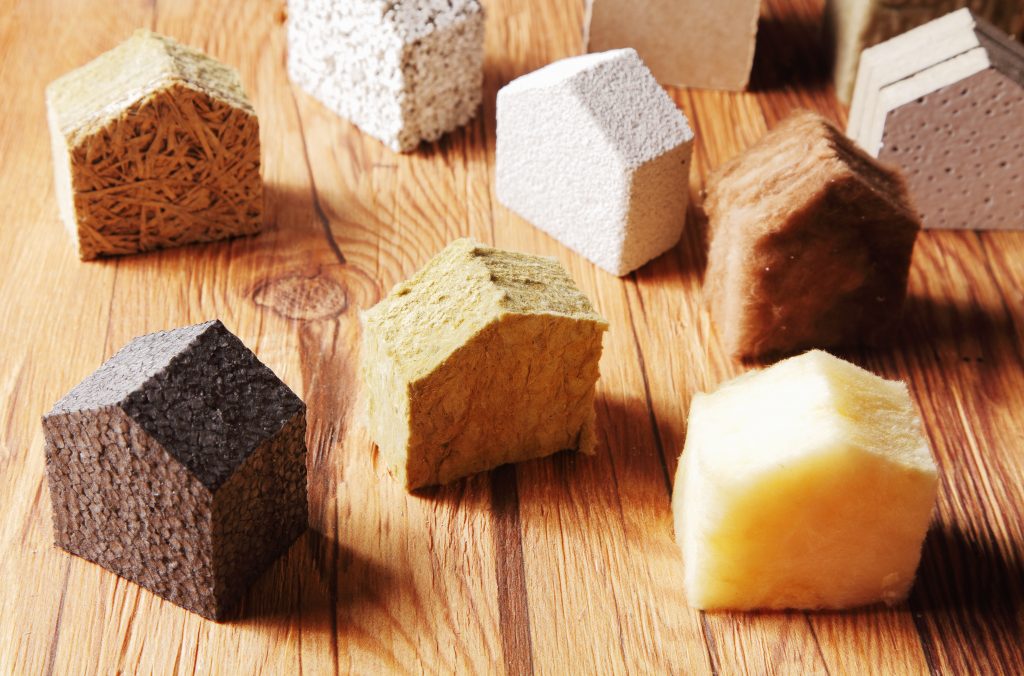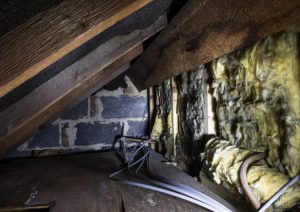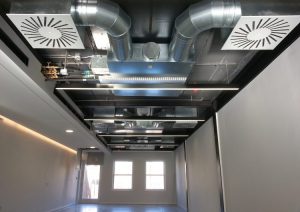A properly insulated home helps keep you warm in winter and reduces the energy bills. The main reason homeowners insulate their homes is to increase energy efficiency and to keep the inside temperatures under control irrespective of the weather conditions.
What type of insulation would be best for your home? How much insulation should you get? Which areas of your home should you insulate?
Here’s everything you need to know about insulating your home.
Home Insulation Guide
Why should you insulate your home?
There are several benefits you stand to gain by insulating your home;
- Sound control – home insulation tends to absorb noise that bounces off your floors and walls, protecting your home from noise pollution.
- Energy efficiency – insulating your home will save you a lot of money in energy bills.1 Air leaks from your attic, basements, and windows force your AC unit to overwork when it comes to controlling your home’s temperatures, resulting in higher energy bills.
- Enhances comfort – winters will be more bearable and summers a bit cooler. You won’t have to rely on the HVAC unit and extra blankets to keep your temperatures bearable.
- Promotes a ‘green lifestyle’ – a properly insulated house ensures you use less energy hence fewer emissions. This, in turn, reduces your carbon footprint.2
Home insulation also increases the resale value of your house.
Types of home insulation
Here are some of your options for insulating your home.
- Rigid foam – this type of insulation is water-resistant, thick, sturdy, and is also referred to as insulation board. The main types of rigid foam insulation are extruded polystyrene, polyisocyanurate, and expanded polystyrene.
- Blankets and batts- it is the best type of insulation for DIY projects as it is easy to install. Blankets and batts are made from cotton, plastic, wool and fiberglass insulation.
- Loose-fill insulation- as the name suggests, this insulation is made of loose materials blown into insulation spaces.
- Sprayed foam insulation – this is where you spray foam all over an open space and after a while, the foam hardens, forming an impenetrable barrier. Spray foam insulation is perfect for hard to reach areas.
Which areas of your home should you insulate?
Some of the areas you should insulate are:
- Attic
- Crawlspaces
- Basement
- Exterior walls and floors
Once in a while, check the insulated areas to make sure that there is no damage.
Make Your House Energy Efficient With This Home Insulation Guide
Pairing insulation with air sealing helps in controlling the amount of moisture in your home. Excessive moisture can result in mold growth which poses health risks to you and your family. Insulation that has also been improperly installed causes energy leaks and you may end up paying more in energy bills.
Ensure that you seek out professional insulation experts for a home assessment and installation of insulation.
Links to sources used
- Methodology for Estimated Energy Savings from Cost-Effective Air Sealing and Insulating – https://www.energystar.gov/campaign/seal_insulate/methodology
- How to Reduce Your Carbon Footprint – https://www.nytimes.com/guides/year-of-living-better/how-to-reduce-your-carbon-footprint




